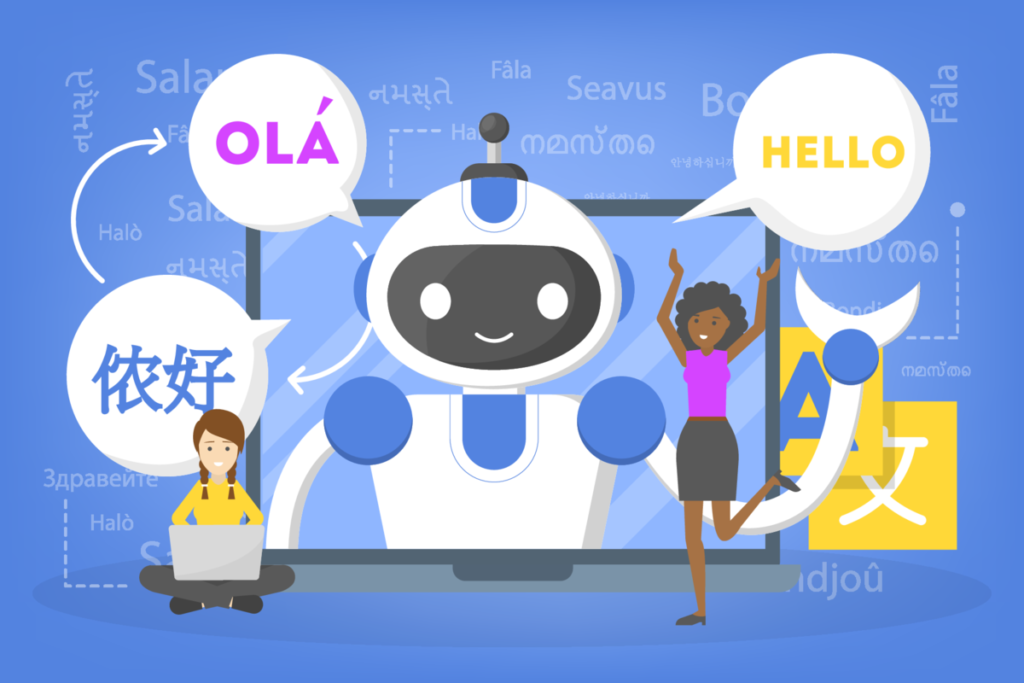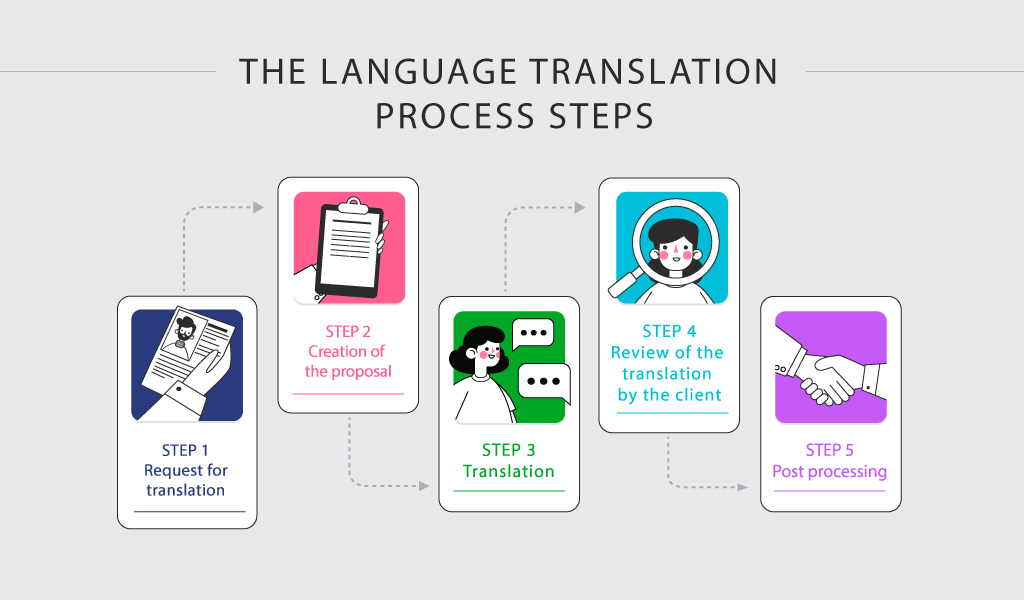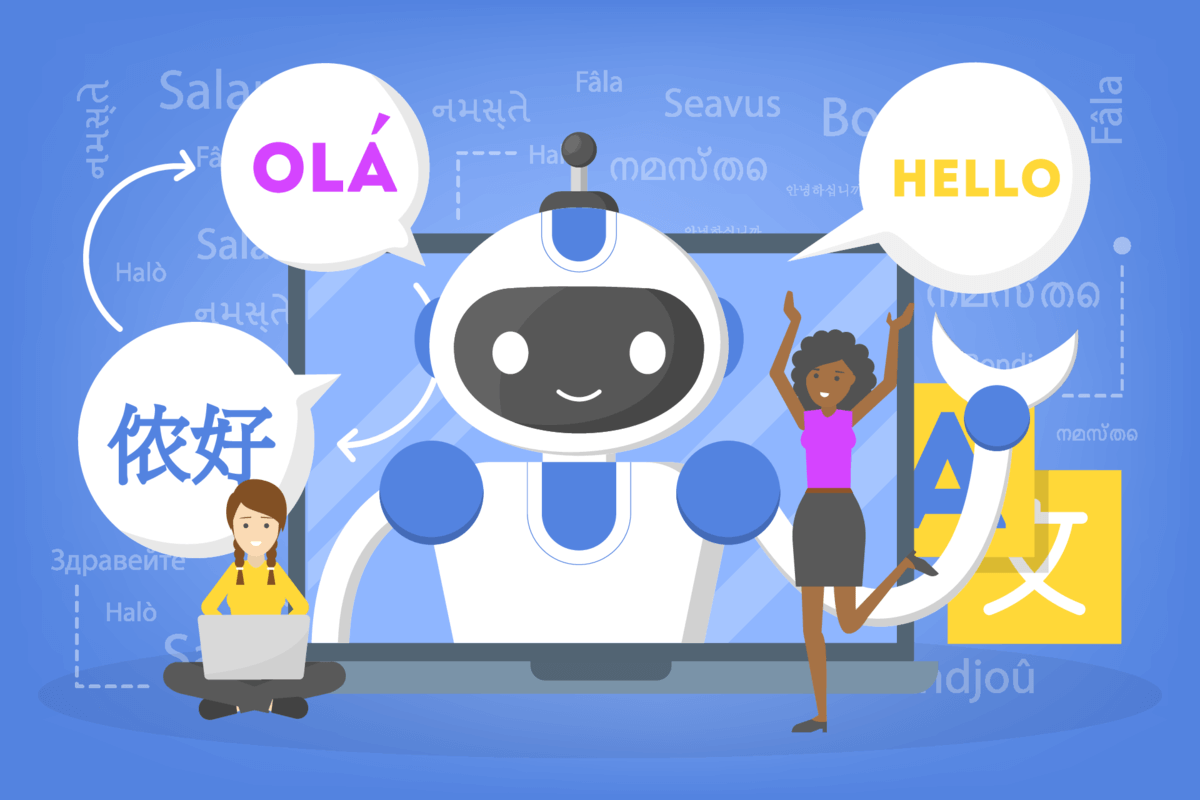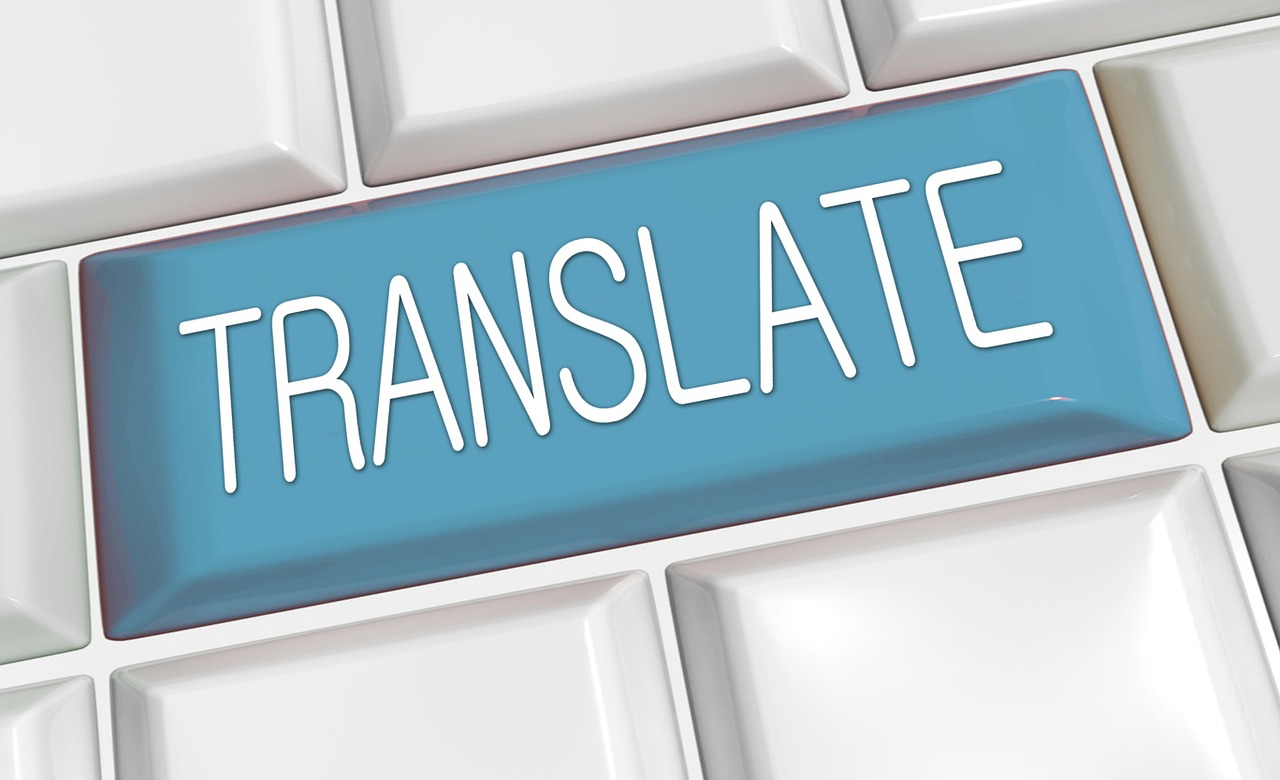What is machine translation?
Most people have come across machine translation (MT) services in the form of Google Translate or the option to automatically have their Facebook posts translated by the app. But most users are unaware how MT actually works and what underlying processes are at work.
So what is really behind machine translation? How exactly does it work, and where is it used? And most importantly, is it as good as human translators and set to replace them in the future?
We’ll explore all of these questions in this section.
How machine translation works
In 1954, the world witnessed the first machine translation demonstration, known as the Georgetown-IBM experiment. In the process, a computer translated over 60 sentences from Russian to English. Today, MT has become vastly more sophisticated and is used on a daily basis by professionals and lay users alike.
In simple terms, a machine translation application is a program that feeds a text to a computer algorithm which automatically translates it into another language. So no human is involved in the translation process. Many language service providers today, however, deploy human experts to go over the M-translated content and edit it to match human standards. This is referred to as MT post-editing and is explained in more detail below.
Types of machine translation
We differentiate between three major types methods:
1) Rule-based
Rule-based machine translation relies on grammar and language rules developed by language experts, and on highly customizable dictionaries that can be tailored to different topics and companies.
2) Statistical
Statistical machine translation does not rely on linguistic rules and words; instead, it learns by analyzing large volumes of existing human translations.
3) Neural
Neural machine translation essentially teaches itself how to translate by using a large neural network. This method is becoming more and more popular because it provides better results than the other two methods. Google Translator, DeepL, and Microsoft Translator, for example, rely on neural networks.
Machine translation terminology
Here is an overview of terms related to machine translation that you’ll most likely come across:
| Alignment tool | Application that automatically pairs versions of same text in the source and target languages in a table |
| Artificial intelligence (AI) | Branch of computer science devoted to creating intelligent machines that produced the first efforts toward MT. |
| Automatic translation | Machine-based translation process without any input by a human translator |
| Back translation | Process of translating a previously translated text back into its source language |
| CAT tools | Computer-assisted translation programs used by human translators to facilitate translation |
| Glossary | An alphabetical list of terms in a particular domain of knowledge with the definitions for those terms |
| Language services provider (LSP) | An organization like EHLION or business that provides language services such as translation |
| Machine translation (MT) | Translation carried out exclusively by a machine |
| Neural machine translation | Neural machine translation essentially teaches itself how to translate by using a large neural network |
| Post-editing (also known as PEMT—post-editing of machine translation, or MTPE—machine translation post-editing) | Process during which humans review and improve the quality of MT output |
| Quality assurance | Process designed to ensure translation quality, in which specific review and checking processes are followed in order to minimize errors |
| Rule-based machine translation | Method that relies on grammar and language rules developed by language experts, and on highly customizable dictionaries |
| Segment | Sentence or phrase that is separated from the rest of a text based on certain language construction rules such as punctuation |
| Source file | File that contains the source document in its original form which is required for the subsequent translation processes |
| Statistical machine translation | Method that does not rely on linguistic rules and words; instead, it learns by analyzing large volumes of existing human translations |
| Target language | Language into which the text is translated |
| Termbase | A database containing terminology and related information; most are multilingual and contain terminology data in different languages |
| Translation memory | Translated text segments that are stored in a database |
Where is machine translation used?
Nowadays, machine translation relies on analysis—but natural language is by its very nature not analytical. Words’ meanings change depending on time, context, and intonation because even humans themselves aren’t consistent in how they use language. This means that MT delivers the best results with scientific and technical writing, especially manuals, and even legal documents and patents; in other words, with any text that adheres more strictly to formulas. It is widely deployed in these fields today, and the importance of MT is undeniable.
EHLION is an expert in all of those areas and offers technical documentation, patent translation, manual translation services.

Wherever the use of language deviates from standard language and where it is more colloquial, however, machine translation tends to struggle. It is therefore not suitable for literary and creative marketing translation.
Machine translation is today used by many language services providers, private enterprises and law firms, and the government. The simple fact is that machine translation makes huge volumes of content available for analysis that would otherwise have been very difficult to process in a large number of languages.
Best machine translation software
Some of the most popular machine translation providers today are:
- DeepL
- Google MT
- PONS Online Translator
- PROMPT Translator
- Amazon MT
- Omniscien Technologies
- Tilde MT
- Microsoft Translator
- Systran
You can read about different automated translation services on our website. The two best options for most purposes are DeepL and Google Translate.
DeepL was developed by the same company as Linguee, the world’s largest database of human translations from all over the world. The DeepL online interface is free to use, and there is a paid option from EUR 5.99 per month. Backed by artificial intelligence and neural networks, DeepL mostly returns acceptable to good quality, but despite its passable results, it is still no match for a human translator. Read more about DeepL in our in-depth review.
Google Translate works for over 100 languages, but the quality it returns varies greatly among different language pairs and subject matters. Users can translate up to 5,000 characters free of charge in the online interface.
For a hands-on overview of several of these programs, including front-runners DeepL and Google Translate, go to our machine translation program comparison page and read more!
Machine translation vs. human translation
Scientists and organizations have been working on developing artificial intelligence and machine translation, in particular, since the 1950s. As more powerful hardware and new technical developments emerged, machine learning has improved significantly. Machine translation learning today focuses on neural networks, which emulate the human brain in a simplified way. But the improvements made are also due to the enormous amount of high-quality bilingual content now available electronically. After all, this content serves as training material for translation engines based on AI algorithms.
In 2017, DeepL caused a stir when it launched its free DeepL Translator service, which produced results in a previously unmatched quality thanks to the underlying neural networks. Nowadays, paid subscription models are available, and DeepL can today also be integrated into standard CAT tools such as memoQ and SDL Studio or Across. Despite DeepL’s good results in some languages, they still can’t quite match the quality of a professional human translation delivered by professional translation services providers such as EHLION.
Although machine translations may be sufficient for certain types of text, such as internal memos not intended for publication, it is still not good enough to be used as a standalone method for most purposes where flawless idiomatic language is required in the target text. Here, human translations still come out on top and presumably always will.
Another important factor is the specific language combination in each case, as the output quality can vary significantly depending on the source and target languages. That’s because the structure and grammar of the respective languages play a role, as does the available volume and quality of the bilingual texts with which the translation algorithms are trained. Finally, the output quality is also influenced by the subject area because there is obviously only very little high-quality bilingual training material available in certain language combinations.
Machine translation in the future
Many language service providers nowadays deploy some sort of translation program and have the output revised by human translators or editors, referred to as “post-editors”, in order to improve the results. This process is called MT post-editing (MTPE).
Naturally, costs are lower for using automated programs than for human translation, but the trade-off is undoubtedly the lower quality if not combined with a human reviser. Language is highly dynamic and complex, and while machine translation technology has improved greatly over the years, it is unlikely to ever be able to accurately identify the nuances of each language in their entirety and convey them in another language like a human translator can.
Looking ahead at the next decade, machine translation programs will probably benefit significantly from crowdsourced translations and reviews of machine-translated output to users who can, for example, manually improve or rate translations.
In the future, artificial intelligence (AI) and machine translation (MT) will be used to further improve business efficiencies and operations. The result will be faster and more intelligent execution of translation workflows that use fewer resources and have lower costs while improving profitability for the business.
Conferences
Each year, several industry organizations host interesting machine translation summits or conferences which bring together the best heads in the industry. The most notable ones are:
The 22nd Annual Conference of the European Association by the
European Association for Machine Translation (EAMT)
EMNLP 2020 – Fifth conference on machine translation (WMT20)
AMTA Virtual Conference 2020 by the North American component of the International Association for Machine Translation
International Conference on Computational Linguistics and Machine Translation
Regular conferences hosted by TAUS (Translation Automation User Society)
Machine translation in a nutshell
Looking at the history of machine translation, it certainly has come a long way since its inception in the 1950s. MT can be used successfully for non-critical content and can produce excellent and cost-effective results in conjunction with post-editing by human experts.
In some specialized fields, especially the technical and patent segments, it is already a viable alternative to human translators.
Please get in touch with us if you have any questions about machine translation or think it might benefit your organization. We’ll be happy to discuss your options with you!








